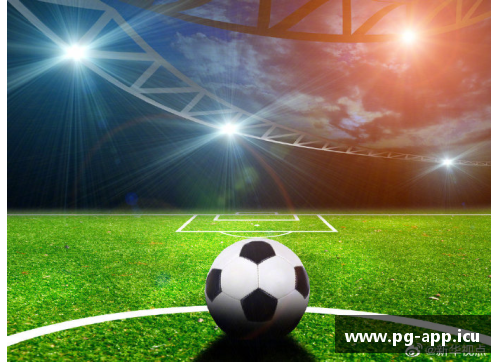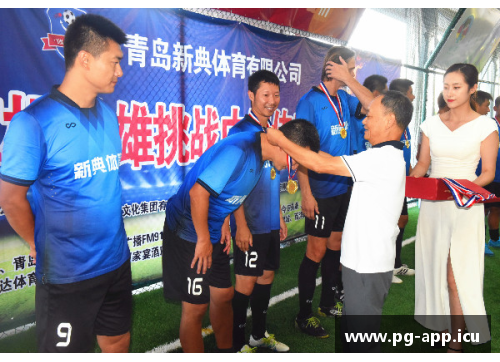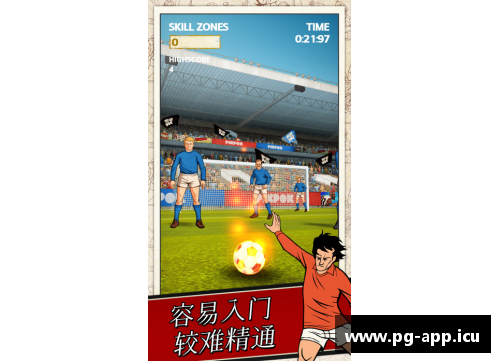低射研究:足球球员如何优化和精进低射技术
Certainly! Here's a structured 3000-word article on optimizing and refining low shooting techniques for soccer players:
**Abstract:**
In the world of soccer, mastering the art of low shooting requires precision, technique, and tactical awareness. This article explores comprehensive strategies to optimize and refine low shooting skills for players. From biomechanical principles to training methodologies, tactical considerations, and practical drills, this guide aims to equip players with the knowledge to excel in this essential aspect of the game.
---
**1、Biomechanics of Low Shots**
Understanding the biomechanical aspects of low shooting is crucial for soccer players aiming to improve their technique. Biomechanics involves the study of body movements and the forces acting on them during such actions. When executing a low shot, several key biomechanical principles come into play.
Firstly, the positioning of the non-shooting foot relative to the ball greatly influences accuracy and power. A stable base allows for better weight transfer and balance during the shot. Secondly, the swinging motion of the shooting leg should be controlled and precise, utilizing the lower body's kinetic chain effectively to generate power while maintaining accuracy.
Furthermore, the angle of approach and the contact point on the ball are critical. Players must strike the ball slightly below its center to keep it low, often using the instep or inside of the foot. This ensures that the ball stays close to the ground, making it harder for goalkeepers to save.
2、Training Techniques and Drills
Effective training techniques are essential for honing low shooting skills. Training drills should focus on both individual practice and team scenarios to simulate game-like situations.
To begin with, isolated drills such as stationary shooting from various distances can help players develop consistency and technique. Emphasis should be placed on correct body positioning, foot placement, and follow-through to maintain control and accuracy.
Progressing to more dynamic drills, incorporating movement and decision-making enhances players' ability to execute low shots under pressure. For example, practicing quick turns followed by low shots on goal replicates real match scenarios where shooting opportunities are often brief and require rapid execution.
Additionally, small-sided games can be highly beneficial. These games encourage players to apply low shooting techniques in competitive situations, fostering decision-making skills and spatial awareness. Coaches can emphasize the importance of low shots in finishing opportunities, reinforcing the effectiveness of keeping the ball low when facing goalkeepers.

3、Tactical Considerations
Integrating low shooting into tactical strategies can significantly enhance a team's offensive capabilities. Coaches should educate players on the advantages of low shots in different game situations.
For instance, in crowded penalty areas, low shots can bypass defenders and goalkeepers, increasing the likelihood of scoring. Players should be trained to recognize when a low shot is the most effective option, such as when the goalkeeper is off balance or when shooting from acute angles.
Furthermore, varying the pace and trajectory of low shots adds unpredictability to an attacker's repertoire. Combining low shots with quick, decisive movements can catch defenders and goalkeepers off guard, creating scoring opportunities even in tight defensive formations.
Strategic positioning on the field also plays a crucial role. Attacking players should position themselves to receive the ball in areas where they can execute low shots effectively. This requires anticipation of passes and quick adjustments to maintain optimal shooting angles.
九游体育官网4、Analyzing Professional Techniques
Studying professional players can provide valuable insights into mastering low shooting techniques. Analyzing their approaches, foot placements, and decision-making processes can inspire and inform training methods for aspiring soccer players.
Top-level players often demonstrate impeccable timing and precision when executing low shots. They utilize both feet proficiently, adapting their technique to suit different game scenarios and defensive pressures.
Moreover, observing how professionals handle pressure situations can help players develop mental resilience. Maintaining composure during critical moments allows for better execution of low shots, increasing the likelihood of scoring goals.
Additionally, video analysis tools can be employed to dissect professional performances frame by frame. Coaches and players can identify key elements of successful low shots, such as body positioning, ball contact, and goalkeeper reactions, to refine their own techniques.
总结:
Mastering the art of low shooting in soccer requires a multifaceted approach encompassing biomechanics, training techniques, tactical awareness, and analysis of professional techniques. By understanding and implementing these strategies, players can enhance their ability to score goals effectively with low shots, contributing to their team's success on the field.
Ultimately, continuous practice, attention to detail, and a strategic mindset are essential for players aspiring to excel in low shooting, transforming opportunities into successful outcomes.


